Using fill_bettween to plot your data will automatically include the filled area in the legend.
To include the areas where the two datasets overlap, you can combine the legend handles from both dataset into a single legend handle.
As pointed out in the comments, you can also define any arbitrary legend handle with a proxy.
Finally, you can define exactly what handles and labels you want to appear in the legend, regardless of the data plotted in your graph.
See the MWE below that illustrates the points stated above:
import matplotlib.pyplot as plt
import numpy as np
plt.close('all')
# Gererate some datas:
x = np.random.rand(50)
y = np.arange(len(x))
# Plot data:
fig, ax = plt.subplots(figsize=(11, 4))
fillA = ax.fill_between(y, x-0.25, 0.5, color='darkolivegreen', alpha=0.65, lw=0)
fillB = ax.fill_between(y, x, 0.5, color='indianred', alpha=0.75, lw=0)
linec, = ax.plot(y, np.zeros(len(y))+0.5, color='blue', lw=1.5)
linea, = ax.plot(y, x, color='orange', lw=1.5)
lineb, = ax.plot(y, x-0.25, color='black', lw=1.5)
# Define an arbitrary legend handle with a proxy:
rec1 = plt.Rectangle((0, 0), 1, 1, fc='blue', lw=0, alpha=0.25)
# Generate the legend:
handles = [linea, lineb, linec, fillA, fillB, (fillA, fillB),
rec1, (fillA, fillB, rec1)]
labels = ['a', 'b', 'c', 'A', 'B', 'A+B', 'C', 'A+B+C']
ax.legend(handles, labels, loc=2, ncol=4)
ax.axis(ymin=-1, ymax=2)
plt.show()



